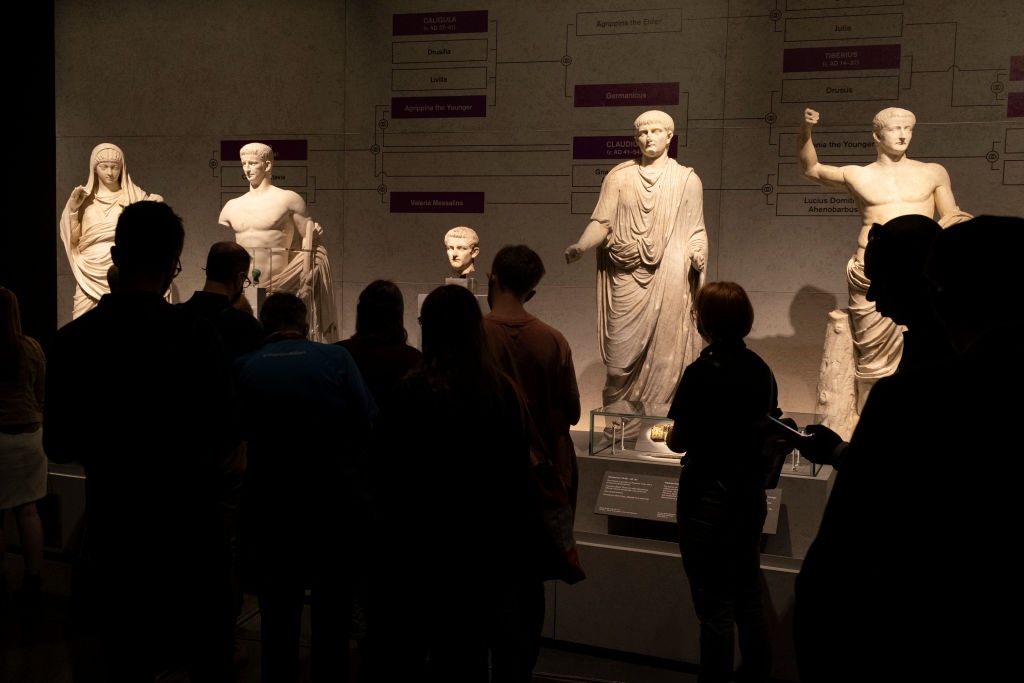Lords of the ring
Christopher North says while matadors come and go, pedigree fighting bulls remain
The Spanish bull is of old patrician stock, and he knows it. When he puts his head down to charge, he is displaying what, in human terms, can only be called courage. Other herbivores might rush at an adversary in panic or in self-defence or to protect their young, but the Iberian bull does so with a kind of haughty and deliberate savagery. Even at the end, when the sword has found his heart, he is still lunging forward, still trying with his last breath to reach his challenger.
A Spaniard never goes “to a bullfight”. That English mistranslation leaves him completely nonplussed. Rather, he goes “a los toros”. If he wants to know whether you share his passion, he will ask, “¿Te gustan los toros?” What happens in the ring may be understood as a ritualised veneration of the noblest and fiercest of all land mammals.
Federico García Lorca called the bullfight “an authentic religious drama in which, just as in the Mass, there is adoration and sacrifice of a god”. The moment the bull bursts onto the sand, shaking his great crown, you feel his presence. There is something vast and primal about his life force.
You know in your bones that his death will be no squalid thing. You hope that the man who gives him that death will play his part with courage and grace. But, in the end, the man is a supporting actor.
It might take you a while to understand this. When you first see a bullfight, your eye will naturally be drawn to your fellow human being.
You will soon distinguish the styles of different matadors. You will prefer some to others, and you may start following your favourites.
Seeing them return season after season, while the bulls’ carcases are hauled away after each engagement, you might form the impression that the men are permanent while the animals come and go.
Eventually, though, you will perceive that it is the other way around. Over time, the matadors come and go while the bulls (or rather the bloodlines) remain. As your afición deepens, you will start to pore over the genealogies of the different families of fighting bull — or, as they are known, the different castes. Eventually, you might be able to make a reasonable guess about the pedigree of a bull simply by observing his comportment in the arena.

The genetic diversity among fighting bulls is astonishing. Think of any two different types of domesticated cattle: Jerseys and Texas Longhorns, say, or Charolais and Herefords. Whichever two breeds you pick, they will be more closely related than any two of the 28 recognised castes of toros bravos.
That statement might seem to fly in the face of common sense: fighting bulls appear superficially more alike than the many varieties of beef and dairy cattle. But numerous genetic studies show the same thing: the chromosomes of Iberian bulls are more heterogeneous. Their most recent common ancestor was more distant.
Why? This is where it gets interesting. Domesticated cattle were bred for only two purposes: meat or milk. But, in the four centuries that fighting bulls have been selectively crossed, no two breeders have ever agreed on what constitutes the ideal outcome.
One wants his animals to follow the cloth closely, another prefers unpredictability. One favours bulls that charge from a distance, another bulls that turn quickly. Ranchers are businessmen, of course. Some aim to give matadors the uncomplicated, straight-charging bulls they prefer, others to produce the craftier beasts demanded by spectators in northern Spain and southern France. But, in the end, each breeder pursues his own aesthetic.
Not that the castes are equally common. Some are barely seen other than in rings that specialise in recherché breeds, such as Céret in Catalan-speaking France. Indeed, nine of every ten bulls that appear in the major rings are from the Domecq caste and its cadet branches. Domecqs are handsome, high-hearted bulls. Matadors like them because they can create extraordinary beauty, though some aficionados fret about monoculture, and hunger for breeds that communicate a greater sense of danger.
I used to be one of those hungry aficionados, ready to travel long distances to watch capricious bulls in front of second-tier matadors who, unlike the top performers, were in no position to insist on appearing only with straightforward breeds. More recently, though, I have come to appreciate the range and diversity even within the supposedly commercialised Domecqs, who have given be some of the most emotional evenings of my life.
¿Te gustan los toros? If you have seen them in the ring, you cannot fail to like them. More exquisite than the finest thoroughbred, yet wilder than their auroch ancestors, they are the princes of the animal kingdom. Toreros have told me that the emotion they feel in the ring is so tragic and tender that it can only be called love. And each man, as Oscar Wilde tells us, kills the thing he loves. The coward does it with a kiss, the brave man with a sword.
Enjoying The Critic online? It's even better in print
Try five issues of Britain’s most civilised magazine for £10
Subscribe














